How Poor Roofing Installation Impacts Energy Bills
Your roof is more than just the top layer of your home or commercial property—it’s a key factor in maintaining energy efficiency. At Driesler Construction, we understand how critical proper installation is for both residential roofing and commercial roofing. Poor roofing installation doesn’t just compromise your property’s protection—it can also lead to higher energy bills.
Inefficient Temperature Regulation
A roof installed incorrectly can create gaps, uneven surfaces, or weak insulation points. These imperfections allow heat to escape during the winter and enter during the summer, forcing your HVAC system to work harder. For homeowners, this means residential roofing that isn’t installed properly can lead to significant increases in energy consumption. Similarly, businesses relying on commercial roofing with poor installation may face higher operational costs due to increased cooling and heating demands.
Compromised Insulation and Ventilation
Even high-quality roofing materials can’t perform efficiently if the installation is faulty. Incorrectly installed shingles or underlayment can compress or misalign insulation, reducing its effectiveness. Inadequate ventilation further compounds the issue by trapping hot air in attics or ceilings. At Driesler Construction, we emphasize proper installation techniques to ensure roofing and ventilation work together, protecting your home and helping reduce energy bills. For more on this, see our blog on why proper attic ventilation is essential for roof health.
Increased Strain on HVAC Systems
When a roof doesn’t seal and insulate properly, your heating and cooling systems must run longer and more frequently. This not only raises energy bills but also shortens the lifespan of HVAC units. Investing in expert installation through Driesler Construction ensures your HVAC system isn’t overworked and that your energy usage stays efficient.
Moisture Problems and Energy Loss
Leaks from poorly installed roofing can lead to moisture accumulation, which reduces insulation performance and increases energy demands. Over time, this can cause structural damage and even mold growth. Homeowners can protect their property and energy efficiency by pairing professional roofing services with seamless gutter installation, helping to redirect water safely and prevent costly energy waste.
Long-Term Cost Implications
The financial impact of poor roofing installation goes beyond monthly energy bills. Over time, homeowners and business owners may face repairs, early replacement, and increased maintenance costs. Choosing experienced roofing contractors ensures that your investment is protected, your energy bills stay lower, and your property remains safe and durable.
Conclusion
Proper roofing installation is essential for energy efficiency, comfort, and long-term savings. Whether you’re considering residential roofing or commercial roofing, expert installation can prevent leaks, improve insulation, and reduce the burden on your HVAC system. At Driesler Construction, we are committed to delivering high-quality roofing solutions that safeguard your property and help you save on energy costs.
For more insights, explore our blog and learn about energy-efficient roofing, maintenance tips, and professional installation best practices. Ready to protect your home or business? Contact us today for a consultation and expert roofing services.

